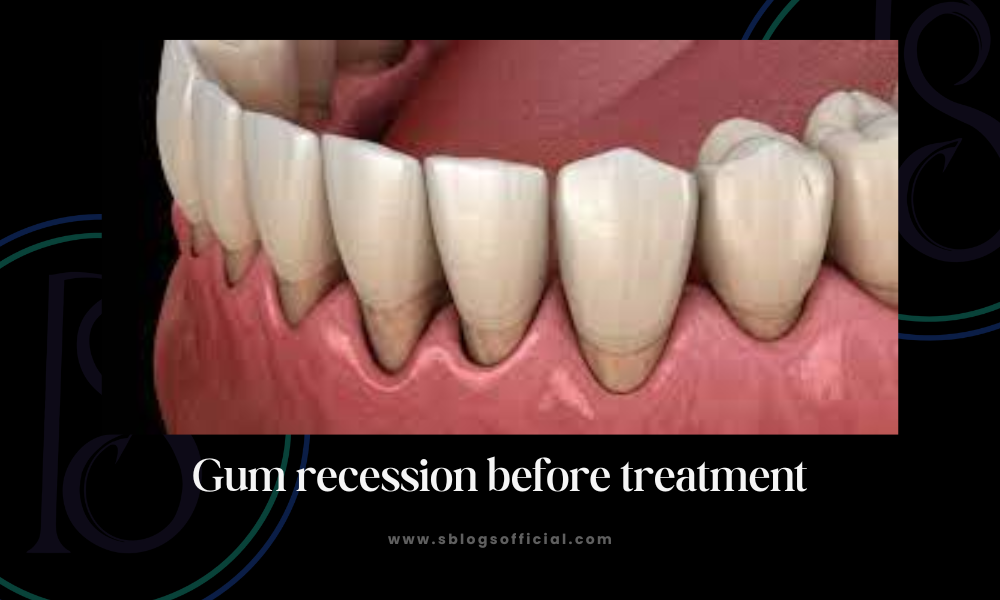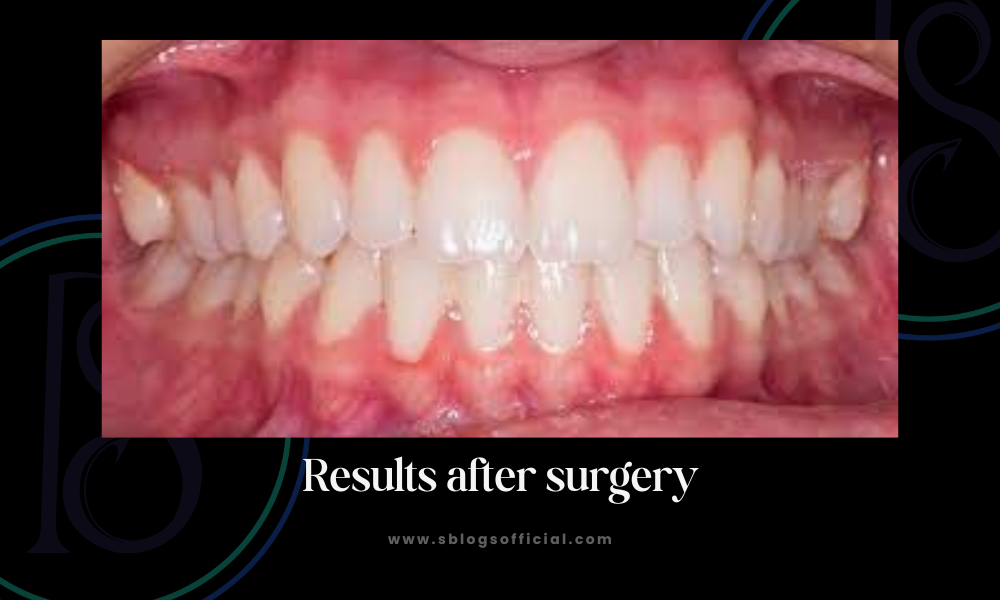
Hello there! Today, let’s chat about something that’s revolutionising gum treatment – the Pinhole Surgical Technique. As someone who loves helping people understand dental procedures in simple terms, I’m excited to walk you through this fascinating treatment that’s changing lives and smiles across the UK.
What is Pinhole Surgical Technique and Does It Work?
When we talk about dental innovations, this technique stands out as a true game-changer. Imagine having a loose thread in your favourite jumper – you wouldn’t cut the whole thing apart to fix it, would you? That’s the brilliance of the Pinhole Surgical Technique.
Think of your gums like a blanket that’s slipped down – sometimes they recede, exposing more of your tooth than they should. The Pinhole Surgical Technique is a clever way to put that blanket back in place but without any cutting or stitching! Research shows it works brilliantly, with success rates of over 90%. The best part? It’s all done through tiny holes that heal quickly.
Your dentist makes a small pinhole in your gum tissue and, using special instruments gently loosens and guides the gum tissue back to its proper position. It’s like straightening out that blanket without any fuss. The technique has been thoroughly researched and proven effective in numerous clinical studies, showing consistent positive results in treating gum recession.
How Long Does the Treatment Last?
Durability is one of the most common concerns when considering any dental procedure. After all, nobody wants to keep returning to the dentist’s chair more often than necessary!
Great news! When done properly, the results can last many years. Most patients enjoy their improved gum line for 5-10 years or even longer. Of course, just like maintaining good sleep hygiene helps you rest better, taking good care of your gums after the procedure makes the results last longer. This means regular brushing, flossing, and keeping up with your dental check-ups.
The longevity of the treatment largely depends on how well you maintain your oral hygiene and whether you address any habits that might have caused the gum recession in the first place, such as aggressive brushing or grinding your teeth at night. Think of it like maintaining good sleep habits – consistency is key!
Understanding the Potential Drawbacks
Just as we need to understand both the benefits and challenges of maintaining good sleep hygiene, it’s important to be aware of all aspects of this surgical technique.
Let’s be honest – every treatment has its pros and cons. With pinhole surgery, some patients might experience:
- Mild swelling for a few days (like when you’ve slept funny on your pillow)
- Temporary sensitivity to hot and cold
- A small chance the gums might slip back a bit, though this is rare
- The need to be extra gentle with brushing for a few weeks
However, these drawbacks are generally minor compared to traditional gum grafting surgery. Think of it like adjusting to a new sleep routine – there might be some initial discomfort, but the long-term benefits usually far outweigh any temporary inconveniences.
Is It Painful? Let’s Talk Comfort
Pain management is often at the forefront of patients’ minds when considering any surgical procedure. Let’s break down what you can really expect during and after the treatment.
Here’s something that might surprise you – it’s actually quite comfortable! The area is thoroughly numbed before treatment, so you’ll mainly feel some pressure rather than pain. Most patients say it feels no worse than a regular dental cleaning. Recovery is usually quick too – you can often return to work the next day, though you might want to take it easy, just like you would after a night of poor sleep.
The procedure itself typically takes about 1-2 hours, depending on how many teeth need treatment. Most patients report minimal discomfort during recovery, which can be managed with over-the-counter pain relievers. Unlike traditional gum surgery, there’s no need for cutting or stitches, which significantly reduces post-operative pain.
Before and After: What to Expect
Understanding the journey from start to finish helps set realistic expectations and ensures you’re well-prepared for the transformation ahead.
Before treatment, you might notice:

- Longer-looking teeth that make you self-conscious
- Sensitive roots that react to hot, cold, or sweet things
- An uneven gum line that affects your smile’s appearance
- Visible root surfaces that are more prone to decay
- Concerns about your smile’s aesthetics
During the procedure:

- The area is thoroughly numbed for your comfort
- Tiny pinholes are made in your gums
- Special instruments help reposition your gum tissue
- Collagen strips are often placed to stabilise the gums
- The entire process is minimally invasive
After the procedure:

- Your gum line looks natural and even
- Tooth sensitivity often improves
- Your smile looks more balanced and aesthetically pleasing
- Most people heal completely within 2-3 weeks
- You’ll receive specific care instructions to ensure optimal healing
Understanding the Costs Worldwide
Let’s break down the costs of Pinhole Surgical Technique (PST) across different countries to give you a comprehensive understanding of what you might expect to invest in this innovative treatment.
United Kingdom Costs
In the UK, the cost structure typically ranges:
- Single tooth treatment: £500-£800
- Multiple teeth (2-3): £1,500-£2,500
- Full mouth treatment: £2,000-£4,000
Many NHS dental practices don’t offer this treatment as it’s considered cosmetic, so you’ll likely need to go private. Most UK dental practices offer payment plans spread over 12-24 months.
India Costs
India offers PST at significantly lower rates:
- Single tooth treatment: ₹15,000-₹25,000 (£145-£240)
- Multiple teeth (2-3): ₹35,000-₹50,000 (£335-£480)
- Full mouth treatment: ₹75,000-₹1,50,000 (£720-£1,440)
The lower costs in India have made it a popular destination for dental tourism. However, it’s crucial to thoroughly research the clinic and practitioner credentials.
United States Costs
In the US, PST costs are typically higher:
- Single tooth treatment: $2,500-$3,000 (£1,975-£2,370)
- Multiple teeth (2-3): $4,000-$6,000 (£3,160-£4,740)
- Full mouth treatment: $6,000-$10,000 (£4,740-£7,900)
Many US dental insurance plans consider this a cosmetic procedure and may not cover the full cost.
Cost Factors Across Regions
The price variation depends on several factors:
- Practitioner’s expertise and training
- Clinic location and facilities
- Number of teeth requiring treatment
- Local market conditions
- Additional treatments needed
- Follow-up care included
Note: I should mention that these are approximate costs based on typical market rates as of early 2024, but you should verify current prices with local dental practices as they can vary significantly.
Payment Options
Most clinics across these countries offer:
- Interest-free payment plans
- Dental finance options
- Healthcare credit cards
- Package deals for multiple teeth
- Early booking discounts
- Annual promotional offers
Investment Perspective: While PST might seem expensive, consider that:
- It’s generally more affordable than traditional gum grafting
- Recovery time is shorter, meaning less time off work
- Results are long-lasting, making it cost-effective over time
- Prevents more expensive dental problems in the future
- Often requires only one treatment session
Note: The costs mentioned above are based on general market research and average rates from dental practices in respective countries. Prices can vary significantly based on location, clinic, and individual case requirements. It’s recommended to consult with local dental professionals for the most accurate and current pricing.
Final Thoughts
Think of the Pinhole Surgical Technique as a gentle way to restore your gum line, much like how good sleep habits restore your energy. It’s becoming increasingly popular because it’s less invasive and has a shorter recovery time than traditional methods.
The connection between oral health and overall wellbeing cannot be overstated. Just as poor sleep can affect every aspect of your life, gum health plays a crucial role in both your oral health and general wellbeing. This innovative technique offers a modern solution to a common problem, helping patients regain their confident smiles with minimal disruption to their daily lives.
Have you been noticing any gum recession? It might be worth chatting with your dentist about whether this modern technique could be right for you. Remember, taking care of your gums is just as important as maintaining good sleep hygiene – both contribute significantly to your overall health and wellbeing!
Feel free to reach out to a qualified dental professional to learn more about whether the Pinhole Surgical Technique might be the right solution for your gum recession concerns. They can provide personalised advice based on your specific situation and help you make an informed decision about your oral health care.
Want more science-backed wellness content? We’ve got plenty more where this came from! Subscribe to our blog for weekly doses of wellness wisdom and the latest scientific discoveries. Your journey to better health starts here!
